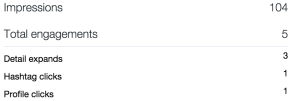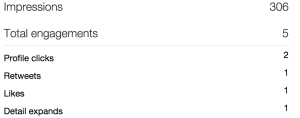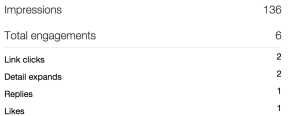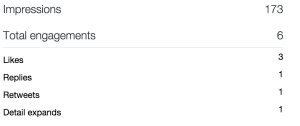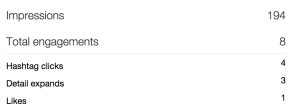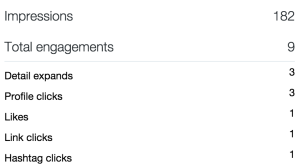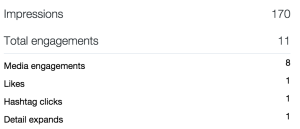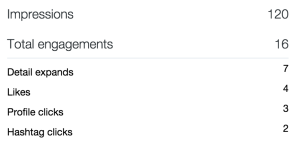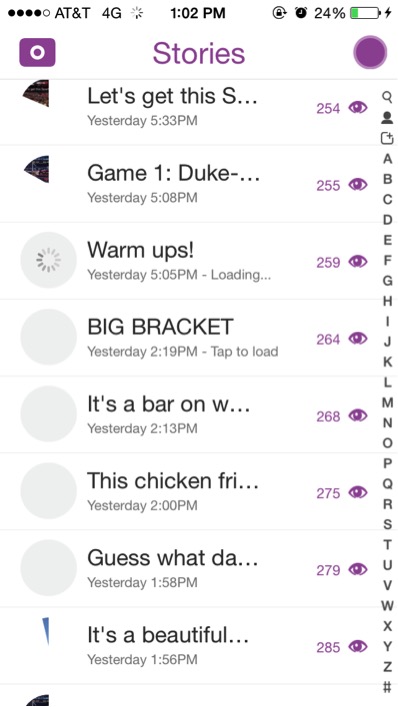The uses and gratification theory proclaims that the audience is primary and media is secondary. People use media to satisfy their own needs whether they are cognitive, social or emotional. Social media has given people the opportunity to identify their image according to what they take away from others online.
Brands that look to social media as a means of connecting to its audience must first identify the most popular channels used. By identifying the audience’s preferred channel, the brand can formulate messages using the restrictions of that channel. For example, Twitter has a 140 character limit for posts. To substitute the need for extra characters, brands can post images to convey the same idea. It is noted within the social media community that images create a higher level of engagement than regular text posts. For this reason, brands typically use Facebook and Twitter for interaction.
The next step is to meet the needs of an audience by identifying what the needs are and how the brand can help them. The Walt Disney Company exhibits a great example of separating its entities, therefore separating its audience’s needs.
Because Disney is such a large brand, it can be divided into many subcategories. The needs of its customers are met with specific social media accounts pertaining to the industry in which the audience needs attention. For this example we can divide the company into four main industries: consumer products, theme parks, media outlets and jobs.
Disney has a high entertainment focus overall. Consumers feel emotional connections from the past, current entertainment needs, and aspirations of pleasure for the future. These needs encompass all ages of Disney’s target audience.

For the four main industries, Disney has created specific Twitter accounts so that consumers can interact directly with the industry instead of the overall Disney brand. The specificity of the account creates a unique connection with the audience knowing that a big business brand can’t always reach individual users. Disney runs more than 15 verified Twitter accounts including @Disney, @WaltDisneyWorld, @DisneyLiving, @DisneyStudios, @TWDCjobs, and @radioDisney not to mention the hundreds of television network accounts they manage nationally and internationally like @ESPN and @ESPNArgentina.
What the audience wants from each account varies. The main @Disney account posts screenshots and quotes from Disney movies. This appeals to the audience’s nostalgia. They also release information they know appeals to the majority of the audience such as film franchise release dates.
The @Disney main account has less followers than @DisneyPixar. Although @DisneyPixar posts content in a similar style, the audience is engaged with the specific content, likely due to the fact that Disney Pixar films have come out within the past two decades, which has reached a younger, more active audience on social media.
Products that consumers are interested in purchasing are pushed by the @DisneyLiving account. By wearing the brand, they become representatives of the brand. They define their identity with merchandise pushed via social media, sometimes even by what others are saying through online word of mouth. Brands should keep in mind that they should push what they think audiences will like best and not just products that the brand wants to push to increase sales. Too many dissatisfied users will lead to the unfollowing of the brand on social media, limiting the amount of reach from the company.
It’s hard to determine the future but engaging with media that might shape that future is easy. Disney promotes lots of events and opportunities that consumers can visit to experience Disney “magic.” The Disney Parks are something you can’t just purchase over the Internet. In this way, Disney has to visually show what they offer to persuade consumers into making plans into reality.
Disney’s career accounts direct users who are thinking about applying for jobs to external websites where they can explain positions in more detail. A career is certainly part of an identity so making users connected to a brand in this way brings them as close to making the “magic” as possible.
In a way, media is not hard to push because the users already consume different types of Disney’s media. These users don’t need to be persuaded to engage with a show because they already are, hence they follow the account to keep informed. However, if a brand doesn’t already have a strong fan-base, this is where the crafting of messages becomes most important because your audience needs the gratification of identifying with it in any way possible.
This advice can be used on other social media like Facebook or Instagram keeping in mind the limitations associated with each. Others brands smaller than Disney stick to one or two main accounts to keep their audience all together.
What is popular nowadays is for the brand to have a main account and have an additional “help” account to discuss and solve problems associated with the brand. The only disadvantage to this is that when users want to be noticed by the brand, they will typically tag the main account. It is the responsibility of the “help” account to divert negative attention away from the positive content enjoyed by others.
Companies are not always similar in brand strength so it is important to understand that users are the ones making the distinctions between the engagement of the brand and their online identity. Most users don’t care about the number of followers a brand has, only that they feel like a brand cares about them, increasing their self-esteem.
In conclusion, it is important to know the brand’s audience and the reasons they seek content. Be specific when creating messages and post content an audience will like because they are the focus. A brand does not exist without followers.
Read more "Uses and Gratification Theory"


